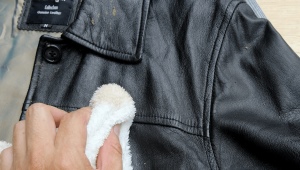How to clean a coat at home?

The coat is a very popular item in women's wardrobe. In order for such clothes to retain a presentable and neat appearance, you need to regularly care for them. The main procedure is cleaning, which can be both regular and emergency. There are many different models, each of which needs special care, so when cleaning the product from contamination, you should carefully select the products.


It is recommended that you familiarize yourself with the features of all fabrics and methods for maintaining outerwear in good condition in advance before buying a thing.
Types of cleaning
It is not so difficult to carry out the care of outerwear at home, if you choose the right type of cleaning. There are different cleaning methods for coats.

Dry
Dry cleaning means the complete absence of contact of the product with water. It is most suitable for emergency cleansing or for daily maintenance of the appearance of things. You can select the following attributes for this procedure:
- Brush with not very coarse bristles. It should not strongly cling to the fibers of the fabric with a bristle, so as not to damage the structure of the product.The brush should clean the surface of dirt with a slight pressure, so you should choose a device with a soft or medium pile, depending on the type of fabric being cleaned.

- A popular stain remover for outerwear is a spray that is applied to small stains. When dry, it has a powdery structure and is easily removed from the fabric with a brush. The advantage of the product is its compactness and speed of effect, so many people always carry a bottle of such a spray with them.
- Another upgraded option is special cleaning wipes that are impregnated with a special compound. They are only able to cope with certain types of stains, but in the case of their use, there is even no need to remove outer clothing.


Wet
Wet cleaning looks like using special cleaning compounds dissolved in water on certain areas or the entire surface of the coat. This treatment is often done before the main wash, but sometimes it is used to remove stubborn stains in small areas of the product. A type of procedure is steam treatment of fabric using a generator or a special iron.
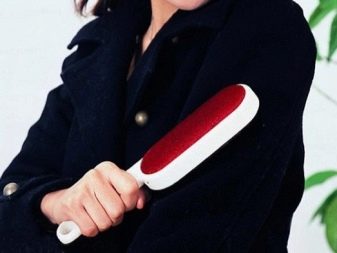
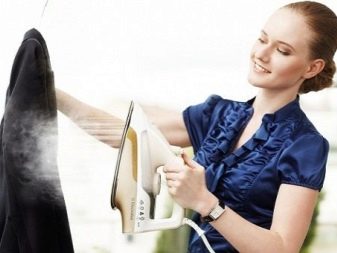
Wash
Washing is suitable for some types of outerwear. If the fabric of the coat is among the "unpretentious", then it can be washed in the machine by selecting the appropriate mode. In this case, powders, gels and fabric softeners are used. Sometimes only a manual type of care may be suitable for a coat. It is important not to overexpose the thing in a soaked state and monitor the temperature of the water.
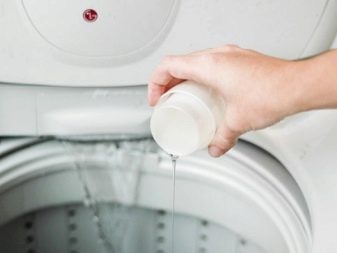
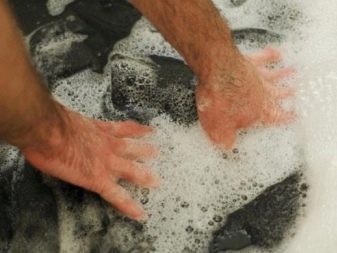
Features of care by type of fabric
The type of fabric is a determining factor when choosing how to care for a coat at home.The most popular for this type of outerwear are the following materials, each of which has a number of special characteristics.
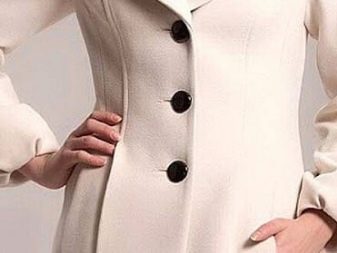
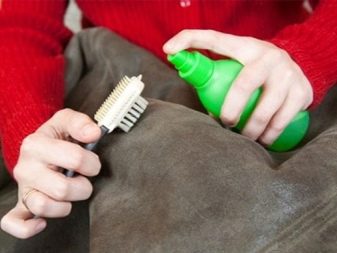
Woolen
The composition of the winter coat often includes wool. Raw materials of different origin are sometimes used in outerwear, the wool of different animals is combined, therefore it is worth checking in advance the reaction of the material to cleaning agents in its small area:
- To remove hairs and small dirt, it is best to choose a special roller with a sticky surface or a brush.
- To avoid streaks, woolen garments should be brushed towards the center.

- You should not wash a warm coat in the machine, opt for a hand wash at a temperature of no more than 30 degrees. When wringing, do not make strong manipulations with the fabric, otherwise the product may be deformed.
- It is recommended to dry woolen items in a horizontal position so that they do not stretch from their own weight.
- In order for a black wool coat to have a luxurious look, it should be treated with a solution of strong black tea.

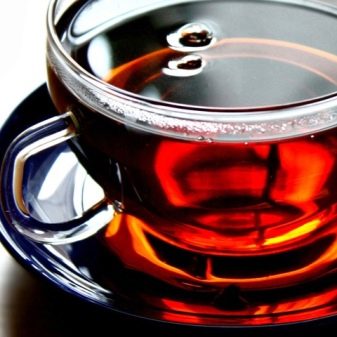
Polyester
Synthetic material is used to maintain a clear shape of the product. One of the most popular for outerwear is polyester:
- The easiest way to remove dust is to shake the product or use a brush.
- For washing in the machine, the mode for synthetic materials or the delicate mode is suitable. The temperature should not exceed 30 degrees. Gentle products should be used and in no case should bleach be used for cleaning.
- Spinning is recommended to be done carefully, without crushing the fibers of the fabric.
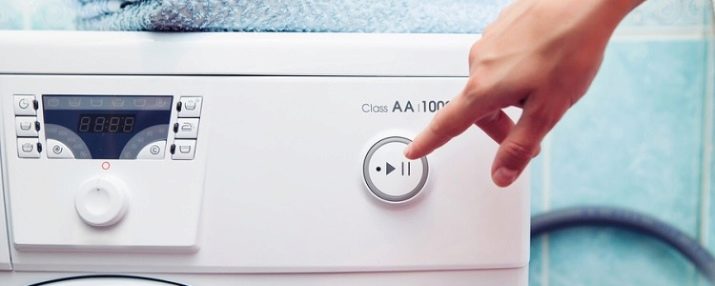
Cashmere
This material requires very careful handling.Made from goat hair, it is soft, but not very resistant to mechanical stress:
- To remove small dirt, a damp cloth is usually used.
- If the items are machine washable, select a 30 degree wash cycle without spinning. The same temperature is recommended for hand washing.
- You should not wring out the cashmere fabric too much, it is better to fold it horizontally on a towel rolled up in several layers.
- If you decide to iron the product, it is better to use a steam generator.

Leather
Leather is one of the most durable, non-staining and easy to clean materials:
- To clean the dust, you just need to use a damp cloth.
- A mixture of ammonia and soap is used for daily cleaning to keep the coat presentable.
- Due to the fact that the skin is contraindicated in long contact with water, it is necessary to avoid long soaking, while the product should be turned inside out and only the lining should be treated with an aqueous solution with a product.
- When drying, the coat should be placed on a hanger. It is important that the drying is complete, otherwise some parts of the coat may stretch.
- Salt stains can form on leather products in the cold season. They are recommended to be removed with food vinegar.
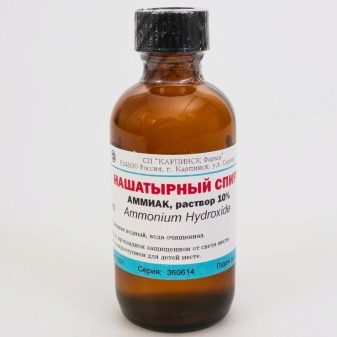
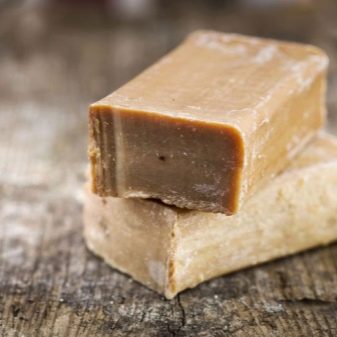
Drap
It is preferable to use dry technologies to clean the drape coat, because the material is not very suitable for contact with moisture:
- To remove small dirt, a brush with coarse bristles is suitable, which should be used in the direction of the villi. An interesting alternative for dusting is bread crumb, which, when rolled into balls, removes dust.
- The breadcrumb technique is also suitable for cleaning light or white coats from dry dirt. Such branded products are cleaned with ammonia, milk or glycerin.
- Priority is hand washing in water at room temperature. Drying is done on hangers.


Suede
Suede is an unstable material to pollution. But caring for her is not as difficult as it might seem at first glance:
- Small dust particles are removed with a swab soaked in ammonia. Do not disturb the direction of the pile of the product during the cleaning process.
- Wash products by hand in soapy water, sometimes glycerin is added during washing. After treatment in soapy water, do a few more rinses in clean water at a temperature of 30 degrees.
- Drying is carried out in a horizontal position. If you want to iron a coat, then do this procedure from its wrong side, reducing the temperature of the iron to a minimum.


Other materials
A bouclé coat should be cleaned of small dirt with a soft brush. In order to thoroughly wash the product, sometimes they even use upholstery shampoo. It is important that highly concentrated chemical compositions are not used during washing, and the sun's rays do not fall on the fabric during drying.
Before washing a bologna coat, use gasoline to remove strong stains on the product. In the process of removal, it is worth moving from the edges to the center. After the main dirt has been washed out, all coats should be washed by hand at a temperature not exceeding 45 degrees. Wring out the product very gently with a towel, and dry on a coat hanger.


To clean a velor coat without damaging it, you should avoid using concentrated chemicals.
In addition to common materials, you can see products from other fabrics that require more complex care. If it is allowed to clean outerwear in the washing machine, then you need to use the delicate wash mode, it is better to iron the product with steam through gauze.
Rubber fabric - neoprene is also used to make coats and has a very easy cleaning technology. With delicate mode, it calmly tolerates machine washing at 30 degrees. You should re-wash such a coat, turning it inside out and dry it, protecting it from sunlight.
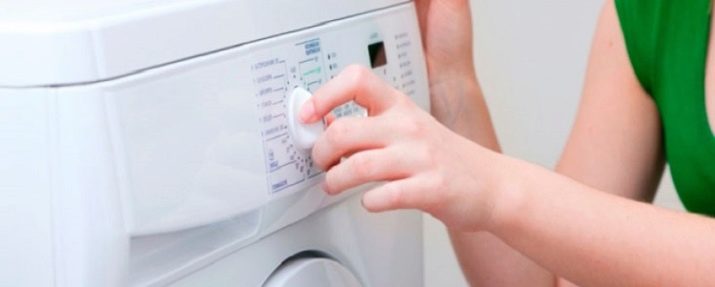
What can be cleaned?
There are various types of stains, each of which has its own list folk remedies and proven recommendations for cleaning:
- Stubborn dirt can be washed with soapy water, especially complex dirt is pre-sprinkled with soda.
- To eliminate glossy areas on the coat, the people often used sand, which was left on the product in a heated form for 30 minutes. Greasy areas are easy to clean with a mixture of milk and soda, an alcohol swab and lemon juice, for some fabrics a mixture of vinegar and alcohol will be useful.
A worn collar is tidied up using ammonia and salt, and then a regular brush.
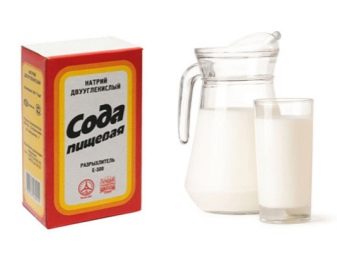

- To remove the pellets and not damage the coat, which has large villi, you can use a trimmer with a special small nozzle. A more time-consuming method is to remove the flaw with scissors or a hair comb. For smoother fabrics, you can use tape or a razor, sometimes even sandpaper will be useful.
- Coat sleeves are often cleaned by ironing.A cotton cloth soaked in a solution of water and soap is placed on the site of contamination and ironed.
- The steamer can perfectly clean delicate fabrics. When using it, products with a caustic chemical composition are not used, all contaminants are removed with steam, which helps to extend the life of the thing.
- To ensure that the buttons of the coat always exude a beautiful shine, they should be wiped with special solutions of ethyl alcohol. Also use citric acid or toothpaste.


Stain removal
Tips:
- To remove a greasy stain, a gasoline solution and talcum powder may come in handy.
- To clean the oil, you need to iron the contaminated area through a paper towel without delay.
- If you have spilled coffee or tea on your coat, then ammonia will help you deal with stains.
- If fuel oil has got on the surface of the thing, then you can wipe off such a stain yourself using essential oil, ammonia or even turpentine.
- Fresh ink can be removed from coat fabric with salt and lemon juice.
- Vinegar and alcohol can be used to remove alcohol stains from coats.


Possible mistakes
When rubbing stains, you can further blur the contamination on the surface of the product. This happens when the process is carried out with too fast and sweeping movements. Such actions can lead to the formation of ugly stains.
If you use solvents to remove greasy stains from genuine leather yourself, you run the risk of discoloring the leather and damaging the film that protects the coat.


When using folk remedies on fabrics combined in composition, there is a risk of seeing an unpredictable reaction of the material, and the coat will become spoiled.When cleaning whites, you can make their color dull or create even more pollution, especially if the stain is stubborn.
In all of the above cases, it will help you dry cleaning, because otherwise you risk losing not only time, but also money invested in expensive coat models.

General recommendations
Carefully read the product label before carrying out any cleaning manipulations with it. It includes all restrictions and recommendations on cleaning methods, temperature, and the ability to use specific products.
Do not over-clean outerwear too often. This can lead to premature wear of the fabric and the formation of abrasions. It is better to carry out general care procedures at the end of the season.


To properly iron the product without damaging it, you must use gauze or other loose fabric. The procedure begins with the processing of the sleeves, at the second stage the shoulder area is smoothed, then the back and front, and at the final stage the collar. If there is pile on the product, you need to iron strictly in its direction. The temperature of the iron should be adjusted according to the fabric of the coat.
When your garment has detachable fur inserts, it is recommended to remove them before washing and tidy up separately from the coat itself. The material from which they are made may have different care requirements.


If you want your outerwear to remain beautiful for a long time, carefully approach the issue of cleaning it from dirt.A coat can last for many seasons with the right care, so take the time to find out in detail what kind of care is needed for your item.
For information on how to properly care for a coat, see the following video.























